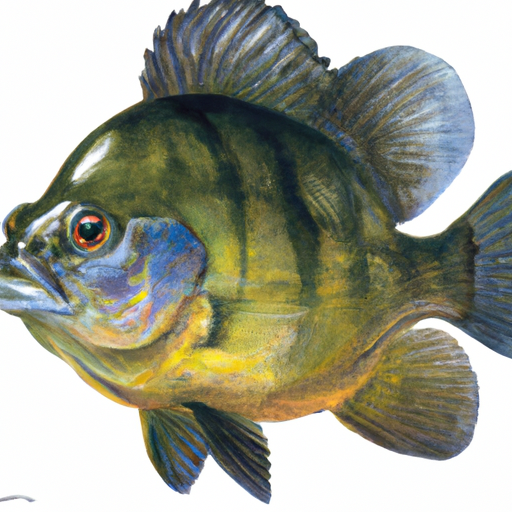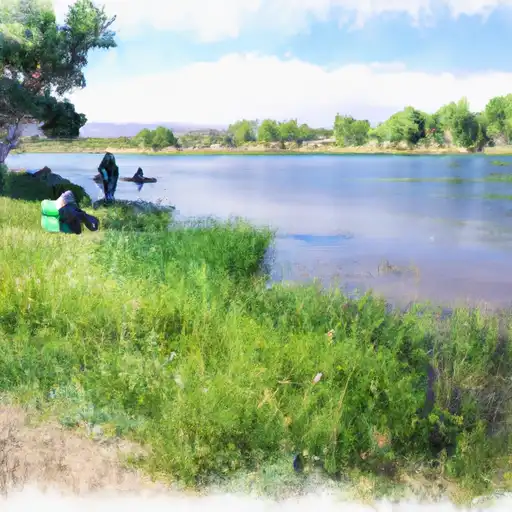Summary
Fish Species
Nearby Fishing
Weather Forecast
Nearby Streamflow Levels
Angling Safety Guidelines
Check local fishing rules, seasons, size limits, and license requirements to ensure legal and sustainable angling.
Handle Fish Responsibly
Use wet hands, minimize air exposure, and release fish gently to improve survival rates when practicing catch-and-release.
Choose the Right Gear
Match your rod, line, and tackle to the species and conditions to increase success and reduce unnecessary harm to fish.
Respect the Waterway
Avoid disturbing habitat, prevent bank erosion, and keep a safe distance from spawning areas to protect ecosystems.
Keep It Clean
Pack out all line, hooks, bait containers, and trash—discarded gear can injure wildlife and degrade waterways.
Related Links
Area Campgrounds
| Location | Reservations | Toilets |
|---|---|---|
 Standley Lake
Standley Lake
|
||
 Tipi Village
Tipi Village
|
||
 Clear Creek RV Park
Clear Creek RV Park
|

 Bluegill
Bluegill
 Lake Arbor
Lake Arbor
 Pomona Lake
Pomona Lake
 Pomona Lake Number 2
Pomona Lake Number 2
 Jim Baker Reservoir
Jim Baker Reservoir
 Lowell Ponds
Lowell Ponds






 Tepper No. 1
Tepper No. 1
 Tepper Fields
Tepper Fields
 Lew Walsh Park
Lew Walsh Park
 Wolff Run Park
Wolff Run Park
 Hackberry Hill Park
Hackberry Hill Park
 Thundercloud Park
Thundercloud Park